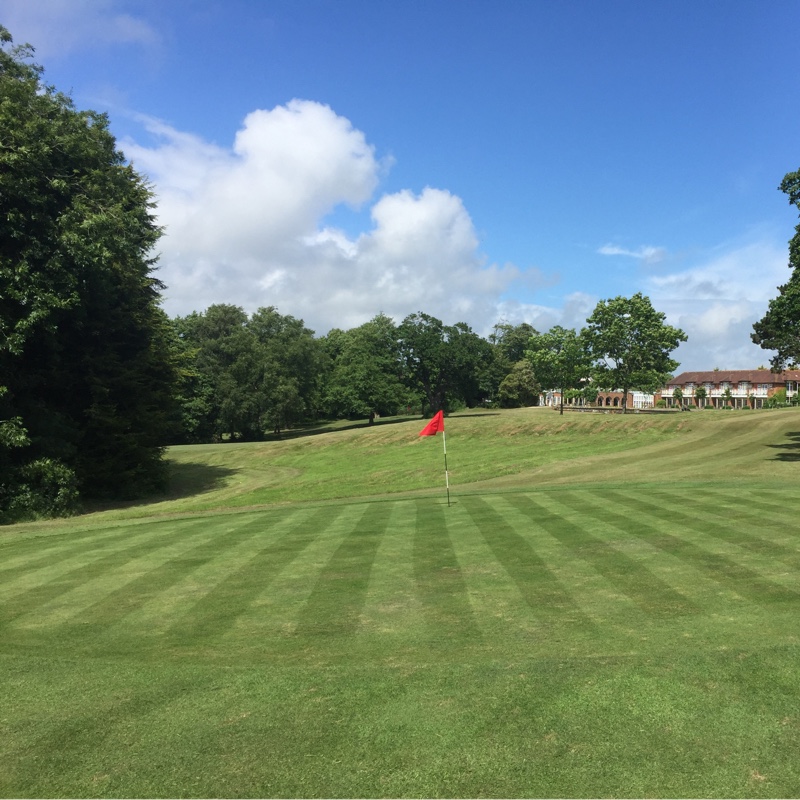
Lolium perenne
Dwarf Ryegrass
Perennial Ryegrass is native to the UK, and is a medium height grass that in fertile conditions can be very fast-growing. It germinates easily and quickly. Each leaf is short-lived, so the plant does not form persistent tufts or tussocks.It is the most widely-used grass in the UK, for sports lawns or fields, for grazing and for lawns. It is tolerant of frequent mowing, grazing and trampling. Dwarf ryegrass has been bred for shorter-growing for use in lawns or sporting amenities.
Contributed by @DarrenVenables
-
Full sun to partial shade
-
Occasional watering
-
Frost Hardy: 23F (-5°C)
-
Free draining and fertile
Common name
Dwarf Ryegrass
Latin name
Lolium perenne
type
Grass
family
Poaceae
ph
5.0 - 8.0 Acid - Neutral
Plant & bloom calendar
-
Best time to plant
full grown dimensions
 0.10 M
0.20 M
0.10 M
0.20 M
Lolium perenne
Perennial Ryegrass is native to the UK, and is a medium height grass that in fertile conditions can be very fast-growing. It germinates easily and quickly. Each leaf is short-lived, so the plant does not form persistent tufts or tussocks.It is the most widely-used grass in the UK, for sports lawns or fields, for grazing and for lawns. It is tolerant of frequent mowing, grazing and trampling. Dwarf ryegrass has been bred for shorter-growing for use in lawns or sporting amenities.
Propagating by seed in Spring
From Early Spring TO Late Spring
To sow seed to create a lawn can be done in the Spring or in the Autumn. The seed germinates easily. For a lawn the soil needs good preparation and levelling, so that seed can be sown on an evenly dense, level, weed-free and finely-raked surface. Fertiliser should also be raked in before the seed is sown. Water the soil before sowing, and then scatter the seed on the soil at an even rate. Protect the seed from disturbance by birds, that will eat the seed, and use the finely raked soil as a dust-bath.
Propagating by seed in Autumn
From Early Autumn TO Mid Autumn
To sow seed to create a lawn can be done in the Spring or in the Autumn. The seed germinates easily. For a lawn the soil needs good preparation and levelling, so that seed can be sown on an evenly dense, level, weed-free and finely-raked surface. Fertiliser should also be raked in before the seed is sown. Water the soil before sowing, and then scatter the seed on the soil at an even rate. Protect the seed from disturbance by birds, that will eat the seed, and use the finely raked soil as a dust-bath.
Planting
From Early Spring TO Early Summer
To make a lawn using turf is a quick way to get a lawn. Use the turf as quickly as possible after purchase, as it will deteriorate quickly while it is rolled up. Preparation of the soil is key to a level, even, weed-free and finely-raked surface. Fertiliser should also be raked in, and the soil watered before the turf is laid










